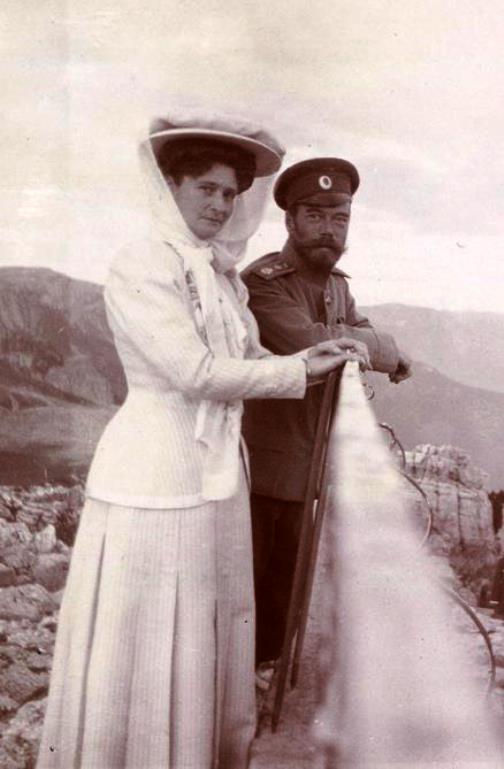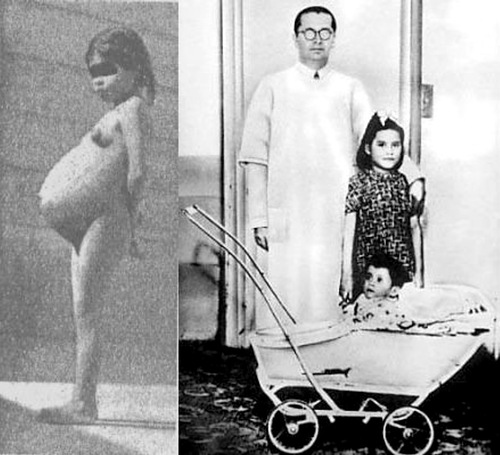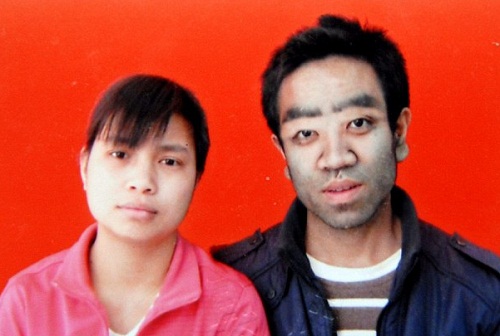Multiple human births
Multiple human births
About the Artamkins family talked a little more four years ago. All federal TV channels showed scenes of the family, which once had five beautiful daughters – Elizaveta, Alexandra, Nadezhda, Tatiana and Varvara. Russian doctors refused to carry this pregnancy. British doctors have helped to see the light to all five girls. The head of the family Dmitry Artamkin teaches math in high school. He says the doctors stated, “You know that your wife will die along with all the kids?’. At the Center of Protection of Mother and Child (paradoxical name) gathered a council, and these venerable professors predicted that pregnancy would last up to a maximum of twenty weeks. They put his wife in a deadlock with the statement: “We – the leading center, and we reject you, nowhere in the world, we have not heard, that was born bunch of fives and all would be well.” The support Dmitry and his pregnant wife had only in the Church. This once again reminds us that you can only rely on God and in their case on the British doctors.
Dmitry found a doctor in England through a friend. And this doctor Dr. Impey said that not ‘only is willing to pregnancy’ and help us until the very end. He told that in England five years ago was born a bunch of fives and all of them were well, and all such cases, though very difficult, still exist. On arrival in England, everything fell into place. In November 2007 Varvara gave birth to quintuplets girls in Britain. There was no more uncertainty, no need to solve strategic problems. Large family for Dmitri was natural – he was from a family of 9 children. “I have five children and I can not say it’s few or a lot.’s Good. This is a family”.
November 10, 2007 Varvara gave birth to quintuplets girls in England, after defying medical advice in Russia, the couple’s homeland, to abort some of the babies. Despite doctors’ predictions that they could not all survive, the babies are doing well thanks to the team of 18 doctors and nurses at the John Radcliffe hospital in Oxford.

More than 200 years ago, Russian peasant Feodora Vasileva gave birth to 69 children – for just 27 births
The data about Feodora Vassilyeva (1707 – 1782), a peasant from Shuya, Russia and her 69 children is included into the Guinness Book of World Records. Vassilyeva sets the record for most children birthed by a single woman. She gave birth to a total of 69 children.
Translation: “Here are two examples of fertility of Russian women. In 1755, a peasant from the Vvedensky village Yakov Kirillov was presented to the court. He was then of 60 years old and had been married to his second wife, the first wife in her 21 pregnancies gave birth to 57 children alive, it is four times four (16), seven times three (21), ten times two (20), total 57. Second wife – for seven times bore fifteen children, once three and six times two – total fifteen. Consequently, the old man had a total of 72 children. In 1782 was sent to Moscow from St. Nicholas Monastery a statement that Shumsky County farmer Fyodor Vassilyev, who was married twice, had from two marriages 87 children. First wife had twenty seven pregnancies – had four times four (16 children), seven times three (21 children), sixteen times – two (32 children), total number of children – 69. His second wife had twice three children (6), six times two (12 children), a total of 18. Vassiliev was then 75 years old, and of 87 his children were still alive 83. (translation of the article from Alexander Bashutsky’s book “Statistics on St. Petersburg”, 1834 (Russian – “Статистическая записка о Санктпетербургѣ”, 1834)).

Article about Fyodor Vassilyev, from the book “Quadruplets and Higher Multiple Births” by Marie M. Clay, Clay
Certain cultures consider Multiple human births a portent of either good or evil. Mayan culture saw twins as a blessing, and was fascinated by the idea of two bodies looking alike. The Mayans used to believe that twins were one soul that had fragmented.

In Ancient Rome, the legend of the twin brothers who founded the city (Romulus and Remus) made the birth of twin boys a blessing
Unfortunately twin girls were seen as an unlucky burden, since both would have to be provided with an expensive dowry at about the same time.
According to Greek mythology, fraternal twins Castor and Polydeuces, and Heracles and Iphicles, are sons of two different fathers. One of the twins (Polydeuces, Heracles) is the illegitimate son of the god Zeus; his brother is the son of their mother’s mortal husband. A similar pair of twin sisters are Helen (of Troy) and Clytemnestra (who are also sisters of Castor and Polydeuces).

A tapestry of 1482 showing episodes from the Knight of the Swan story: at the bottom puppies are substituted for babies
Human multiple births happen for unknown reason, the older a woman is, the more likely she is to have a multiple birth naturally. In certain medieval European chivalric romances, such as Marie de France’s Le Fresne, a woman cites a multiple birth (often to a lower-class woman) as proof of adultery on her part; while this may reflect a widespread belief, it is invariably treated as malicious slander, to be justly punished by the accuser having a multiple birth of her own, and the events of the romance are triggered by her attempt to hide one or more of the children. A similar effect occurs in the Knight of the Swan romance, in the Beatrix variants of the Swan-Children; her taunt is punished by giving birth to seven children at once, and her wicked mother-in-law returns her taunt before exposing the children.
“Mother Heroine” the Order of the USSR, the highest title granted for the mothers who gave birth to and raised 10 or more children, the last child should reach one year of age and other children should live with this mother. The Order was established by the Decree of the Presidium of the Supreme Soviet of the USSR, July 8, 1944. Along with the order of “Mother Heroine” appeared “Medal of Motherhood” and the Order of the “Parent Glory”.
Multiple human births. Russian family of Dimitri and Varvara Artamkin

Dmitry’s wife Varvara and their five daughters – Elizaveta, Alexandra, Nadezhda, Tatiana and Varvara

Dmitry and his five daughters – Elizaveta, Alexandra, Nadezhda, Tatiana and Varvara. Multiple human births
books.google.ru
pravmir.ru
dailymail.co.uk



































